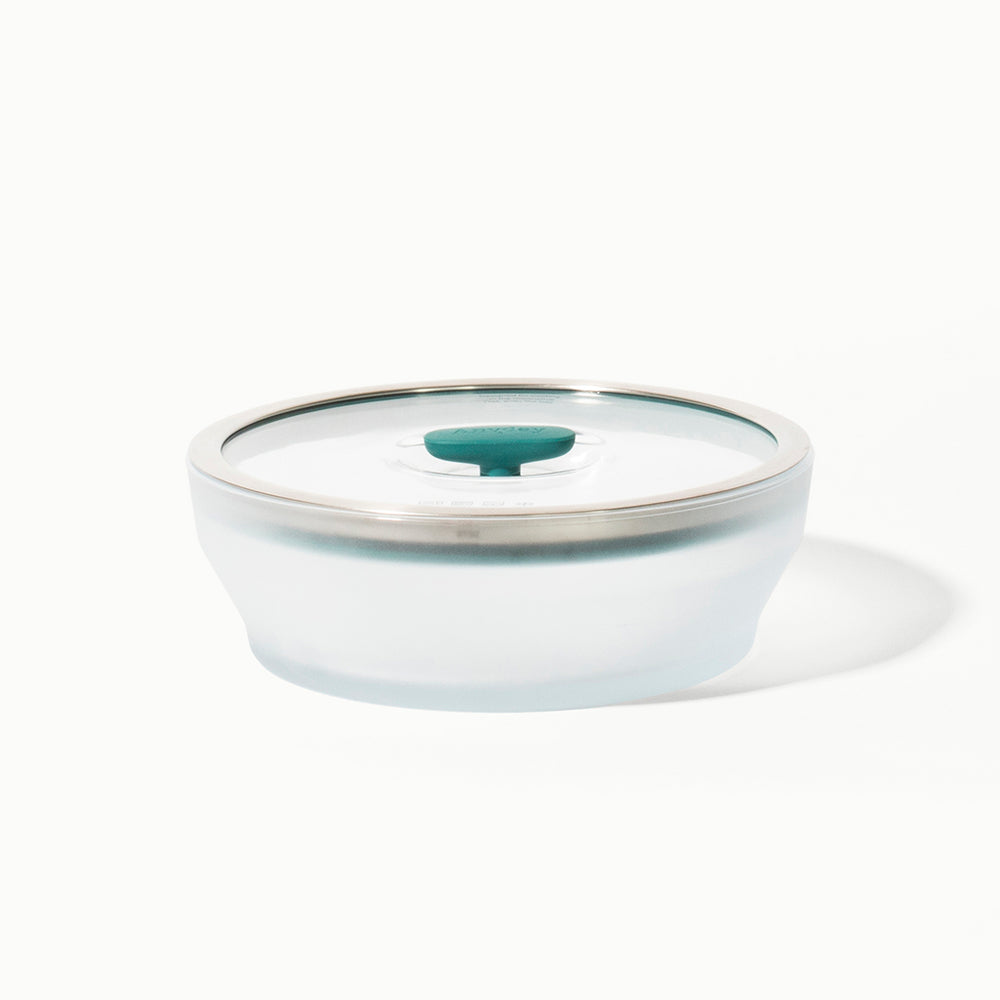A pressure cooker is a fantastic kitchen tool that speeds up cooking while retaining nutrients and flavors. However, since it operates under high pressure, safety should be a top priority when choosing one. Modern pressure cookers come with multiple safety features designed to prevent accidents and ensure smooth cooking. Here are the key safety features you should look for when buying a pressure cooker.
Table of Contents
Pressure Release Valve (Safety Valve)
A well-designed pressure release valve is one of the most important safety features. It helps regulate the internal pressure by releasing excess steam when needed. If the pressure builds up too much, the valve opens automatically to prevent explosions. Make sure the pressure valve is durable and made of high-quality material like stainless steel or heat-resistant plastic.
Lid Locking Mechanism
A secure lid locking mechanism ensures that the cooker cannot be opened while it is still under pressure. This feature prevents accidental spills and burns. Many modern pressure cookers have an automatic locking system that engages as soon as pressure starts to build. Always check that the lid lock is sturdy and reliable.
Gasket Release System
The rubber gasket inside the lid plays a crucial role in sealing the pressure cooker. In case of excessive pressure, a gasket release system allows steam to escape through a designated area, preventing any mishaps. Ensure that the gasket is made of high-quality, heat-resistant material and replace it periodically to maintain safety.
Automatic Pressure Control
A good pressure cooker should have an automatic pressure control system that maintains the correct level of pressure. Some advanced models adjust the pressure based on the type of food being cooked, preventing overheating and ensuring consistent results.
Anti-Blockage Vent
Food particles can sometimes clog the pressure release valve, leading to unsafe pressure buildup. To prevent this, some pressure cookers come with an anti-blockage vent, which ensures smooth steam release even if small food particles get stuck.
Cool-Touch Handles
Heat-resistant, cool-touch handles are essential for safe handling, especially when releasing pressure or moving the cooker. Look for ergonomically designed handles that provide a firm grip and stay cool to the touch.
Meyer Merlot Non-Stick Kadai/Wok with Lid, 28cm
Secondary Safety Valve
In addition to the main pressure release valve, some pressure cookers have a secondary safety valve as an extra layer of protection. If the primary valve fails to release excess steam, the secondary valve automatically kicks in to prevent accidents.
Pressure Indicator
A pressure indicator lets you know when the cooker has reached the right pressure level and when it is safe to open the lid. This feature prevents the risk of opening the cooker while it’s still pressurized, which could lead to steam burns or food splattering.
Base Stability and Anti-Skid Design
A pressure cooker with a heavy, stable base reduces the risk of tipping over. Some models also have an anti-skid bottom, ensuring that the cooker stays firmly in place on the stove. A sturdy base also ensures even heat distribution for efficient cooking.
Electrical Safety in Electric Pressure Cookers
If you're considering an electric pressure cooker, look for safety features like:
-
Automatic shut-off to prevent overheating
-
Overcurrent protection to avoid electrical failures
-
Heat-resistant housing to keep the exterior cool
These features make electric pressure cookers safer and more convenient to use.
Conclusion
Investing in a pressure cooker with multiple safety features ensures peace of mind while cooking. Look for models that include a combination of these safety mechanisms to prevent accidents and enhance usability. By choosing a pressure cooker with robust safety measures, you can enjoy hassle-free cooking with confidence.












Leave a comment